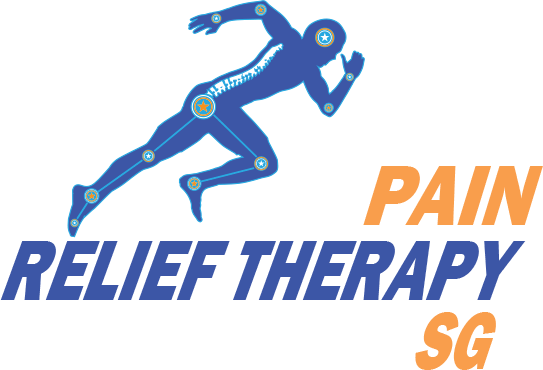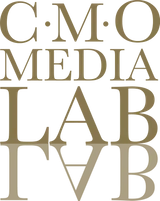Upper and middle back pain can occur anywhere from the base of your neck to the bottom of your rib cage, and can be caused by a variety of factors. The bones in this area of the back, known as the thoracic spine, work together with the ribs to keep the back stable and help protect vital organs, such as the heart and lungs.
If a nerve in this area is pinched, irritated, or injured, you may also feel pain in other places where the nerve travels, such as your arms, legs, chest, and belly. This type of pain is known as referred pain and can be a symptom of conditions such as herniated discs, spinal stenosis, or degenerative disc disease.
While upper and middle back pain is not as common as low back pain or neck pain, it can still cause significant discomfort and limit daily activities. Common causes of upper and middle back pain include poor posture, muscle strain or sprain, and trauma or injury to the spine or surrounding soft tissues.
PREVENTION
THE FOLLOWING STEPS MAY REDUCE THE RISK OF INJURY:
Maintaining a healthy weight is an important factor in preventing and managing back pain. Being overweight or obese can put extra stress on the back muscles and spine, leading to discomfort and increased risk of injury.
Practicing proper posture is an important way to prevent and alleviate back pain. Good posture involves maintaining a natural alignment of the spine and keeping the shoulders, hips, and knees in a neutral position.
When standing, it's important to keep your shoulders back and down, and avoid slouching or rounding your shoulders forward. Your pelvis should be in a neutral position, neither tilted forward nor backward. This helps to distribute your body weight evenly and reduce strain on the back muscles and spine.
Ergonomics is the science of designing workspaces and equipment to maximize efficiency and minimize the risk of injury or strain.
Ergonomic optimization of workspaces is important for preventing and alleviating back pain, as well as other musculoskeletal disorders.
Moving frequently throughout the day is an important strategy for preventing and managing back pain. Prolonged periods of sitting or standing in one position can cause muscle tension, strain, and stiffness.
Lifting heavy objects or lifting improperly can put significant strain on your back muscles and increase your risk of developing back pain or injury. Therefore, it's important to approach lifting with caution and use proper techniques.
Manual therapy, which includes techniques such as massage, joint mobilization, and spinal manipulation, can be an effective way to relieve back pain and improve mobility. These techniques can help to reduce muscle tension, improve circulation, and increase range of motion.
Your therapist should be able to help you develop a program that includes exercises to improve posture, core strength, and mobility, which can help to prevent future episodes of back pain.
CALL +6587141543 TODAY TO SCHEDULE YOUR FIRST APPOINTMENT


